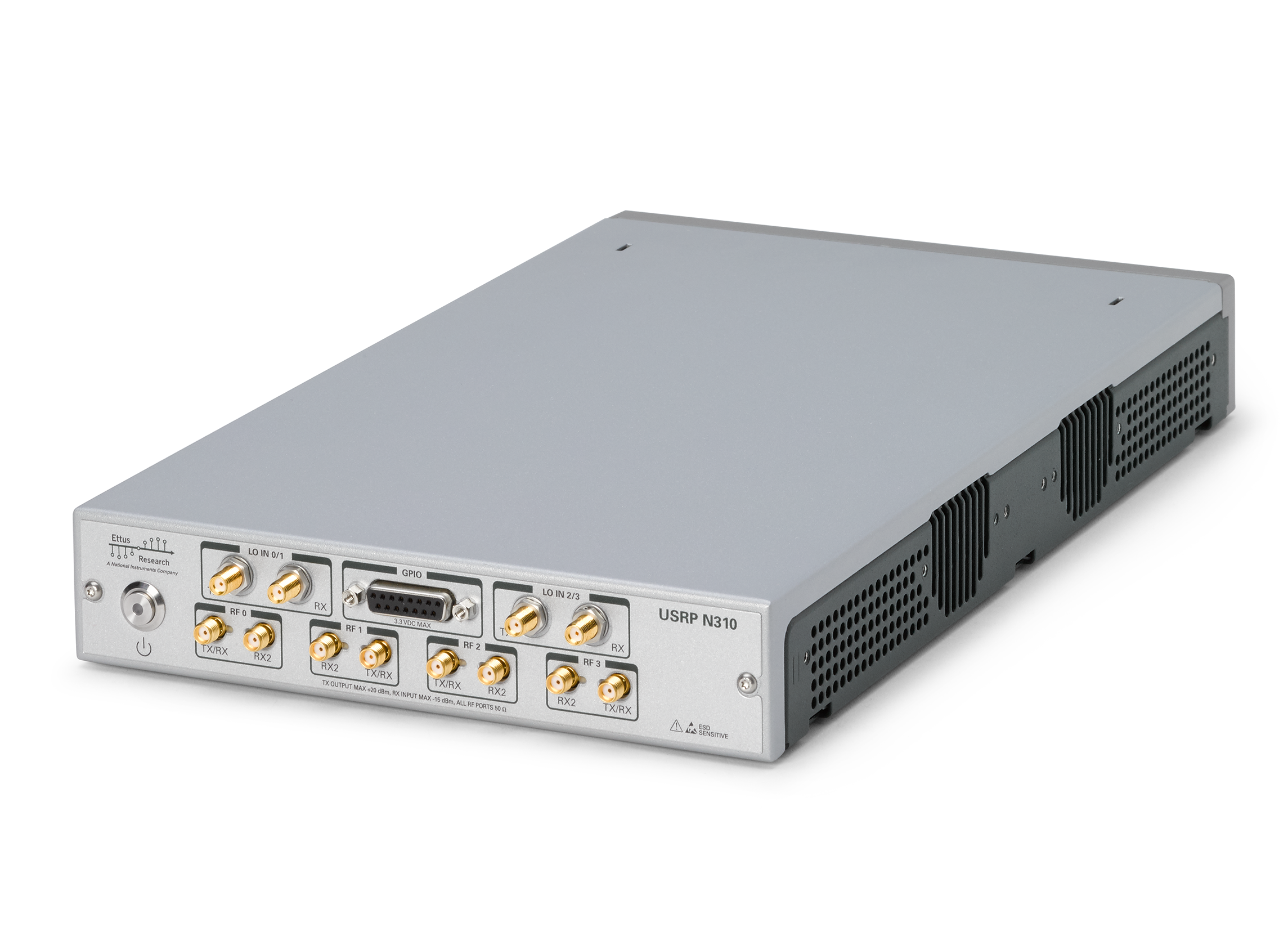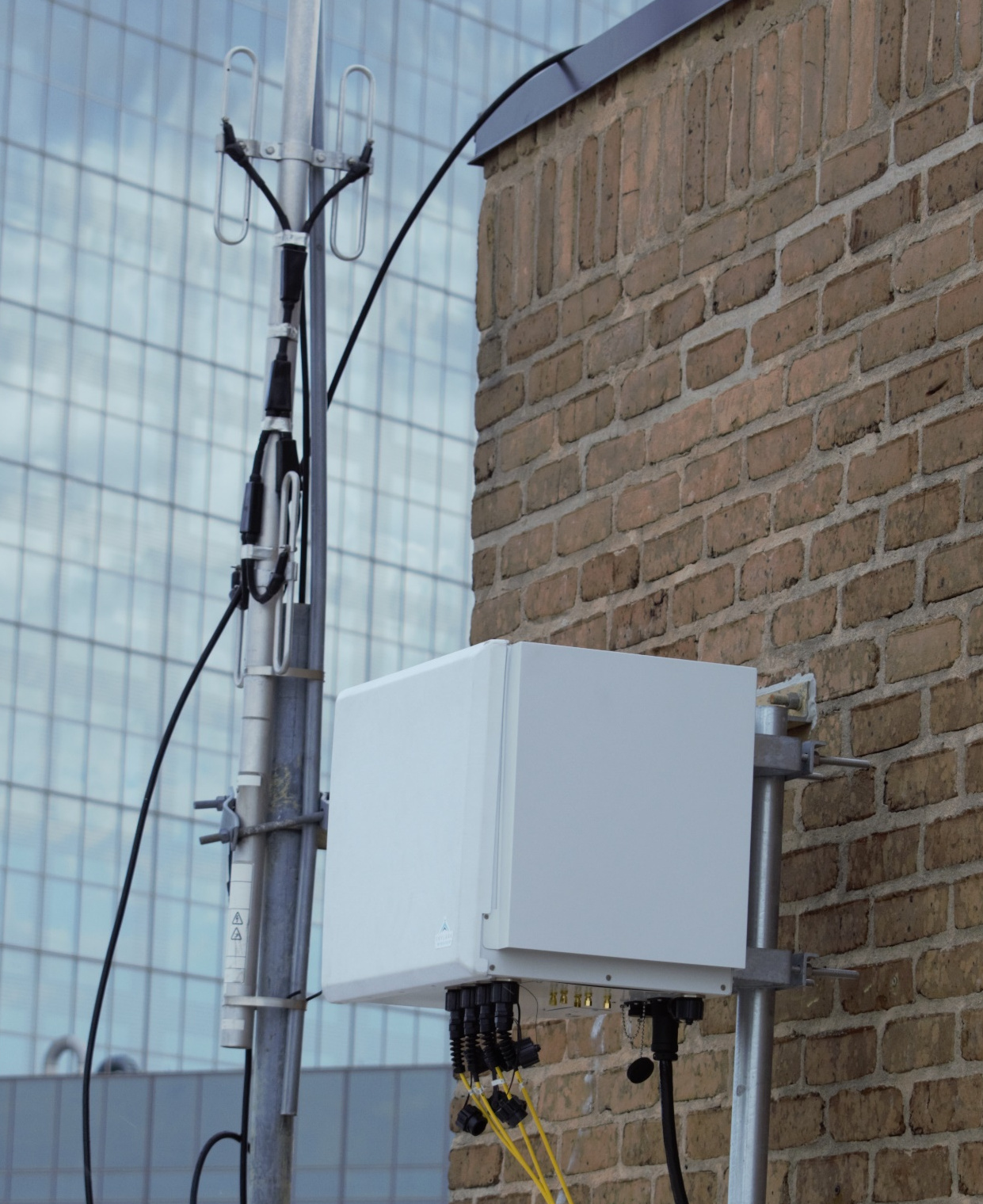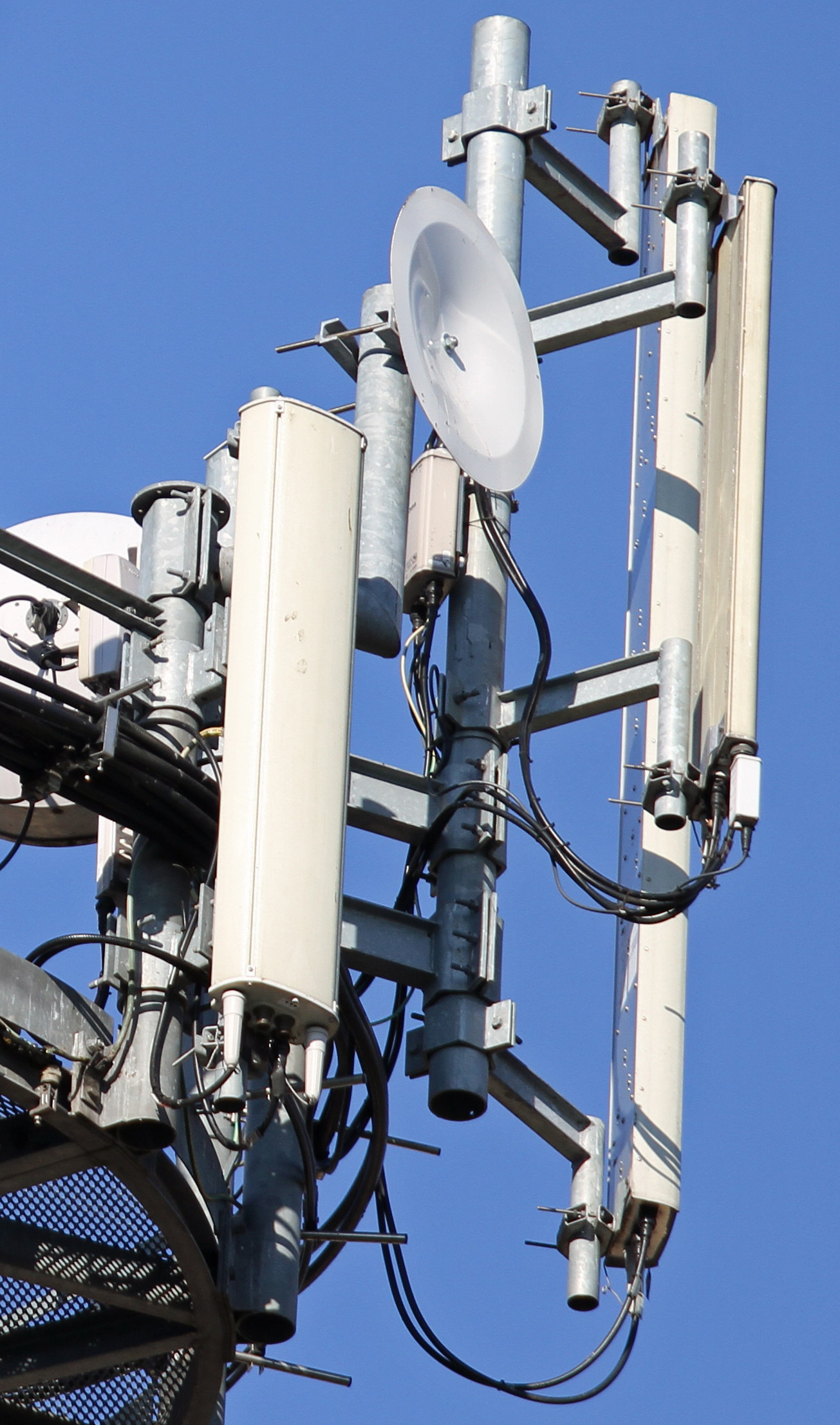Powder will deploy more than 400 radios across its coverage area. Experimenters will be able to use them to build wireless networks that look like the ones we have today, or to build completely new ones. All radios will have an out of band control channel, and the stationary nodes will have high-bandwidth connections back to a datacenter for data networking and remote radio processing. We are working directly with several hardware providers to bring these devices to Powder users.
Powder users can also bring their own devices to the testbed, deploying them beside the equipment that Powder itself is deploying. This will allow researchers to try out new equipment they have bought or built, and allow industrial partners to try out their own prototypes.




All radios Powder will be software-defined, meaning that users have control from the waveforms all the way up to the application layer. We are using a combination of off-the shelf commercial SDRs from National Instruments / Ettus Research and custom designs from Skylark Wireless. All SDRs will be capable of at least 2x2 MIMO, with some of the Skylark models supporting Massive MIMO up to 64 channels. Most locations will have more than one radio, allowing for multiple simultaneous users of the testbed (on different frequencies), or for experimenters to use the additional equipment for monitoring, etc.
Powder targets frequencies from 700MHz up to 6 GHz. Equipment targeting the higher frequencies will be concentrated in a "dense deployment area" on campus to account for their shorter ranges. Most installed sites will have equipment for compliance monitoring, so that Powder can ensure that experimenters are only transmitting on frequencies that they, or Powder, have licenses for. This allows us to give users direct SDR access without the danger of violating regulations.
Powder will allow experimenters to build end-to-end software defined networks. Powder is building a private, all-fiber network to connect all of its fixed-location equipment. Experiments will get their own VLANs on this network, allowing them to backhaul to "edge compute" sites (small datacenters near the radio heads) and cloud computing facilities provided by CloudLab and Emulab.
"Profiles" help users package up experiment descriptions, including software, radio firmware, and hardware specifications, so that they can run experiments repeatedly, and can share them with others. These profiles can be simple, or they can be quite complex: the default profile in Powder, maintained by it's staff, sets up a fully-functional 4G network in a few minutes using OpenAirInterface. Other profiles can set up different network architectures, or simply provide raw SDR access.

The Universal Software Radio Peripheral (USRP) is designed by Ettus Research, a subsidiary of National Instruments. USRP units used in Powder will be connected to a host using high-speed USB 3 or 10 Gbps Ethernet connections, so that flexible signal processing can be done elsewhere in the network. They all also have large, fast FPGAs directly on the board for specialized signal processing and protocols that have tight timing requirements, such as WiFi. Our USRPs will have a range of narrow-band and wide-band antennas, supporting the use of different parts of the RF spectrum.
Many different software stacks support the USRP, including GNU Radio, OpenAirInterface, SoapySDR, and more. Powder users can simply use one of these existing frameworks, or they can create their own using direct access to the USRP.

The RENEW project, led by Rice University, is developing a fully programmable and observable wireless radio network platform, with much of that equipment deployed within Powder. The project will support many first, such as:
RENEW will initially target Argos base-stations and client hardware, developed as part of the Rice Argos project. Argos Version 3 is a fully deployable base-station hardware, designed and manufactured by Skylark Wireless, a Rice spin-off. RENEW leverages other past experience including WARP and TFA.

Have a research prototype or your own industrial equipment? Powder will also allow experimenters to bring their own devices to the testbed. This allows experimenters to try out radios, antennas, sensors, etc. that are not part of our base deployment. Because we are using rooftops and server rooms, Powder will have significant space and power available for user equipment. Depending on the equipment, you may ship it to us to have it installed, or you may come on-site to do the installation.
Like all equipment in Powder, BYOD devices will have access to an out-of-band control network for control and remote login, power controllers for resets, and (for base stations) fiber connectivity to nearby datacenters and the wider world. This means that these devices will have the same abilities as base Powder equipment to offload computation, communicate via high-speed backhaul, and to be used from off-site.
